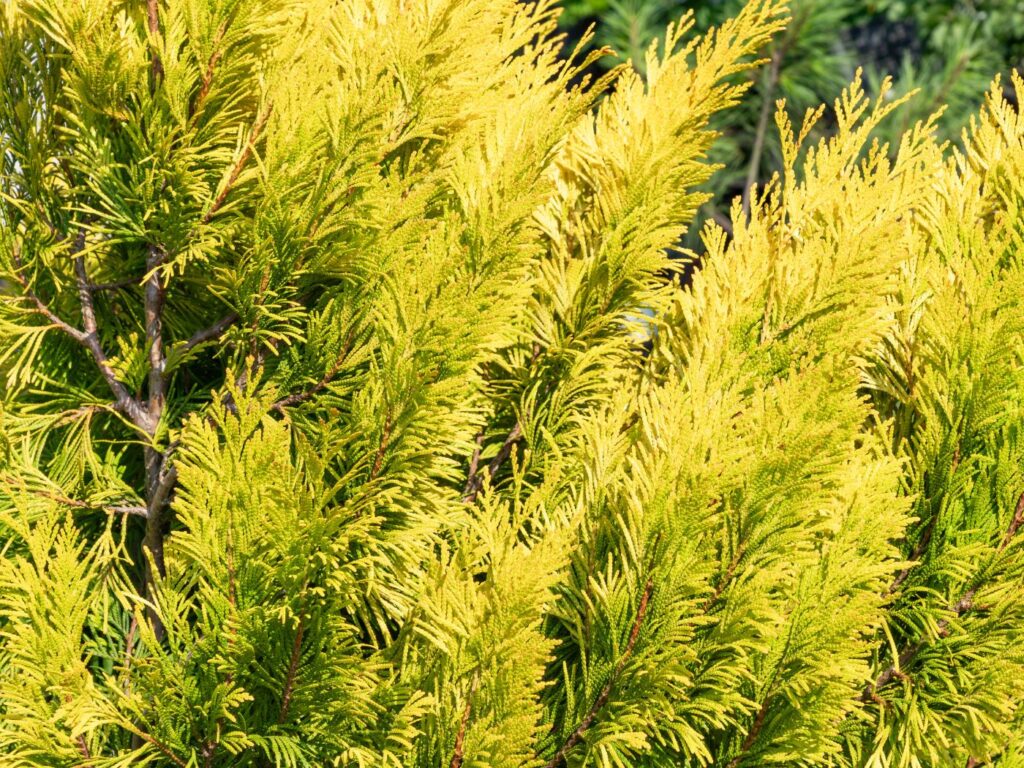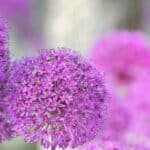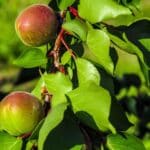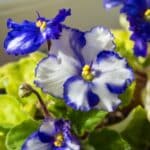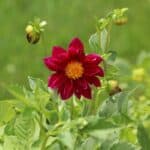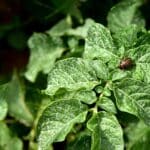Golden mop cypress (Chamaecyparis pisifera), also known as sawara cypress, is a terrific shrub to add to your garden if you want to add lots of color to your landscape.
This plant creates a mop-head look with its strange dropping yellow-green foliage, and it can be used as an accent plant or border plant to create a low hedge, and they can grow very well in containers.
Golden mop cypress can look a bit messy all on their own, but if you pair this foliage plant with other plant species, it will help create some structure in your garden, and other plants can enhance the aesthetics of your golden mop plant.
In this guide, we will explore some of the best gold mop cypress companion plants to include for a more vivid garden.
What to Plant with Gold Mop Cypress
It is always best to select plant species with similar growing conditions in the same containers or garden beds.
Golden mop cypress grows well in hardiness zones 4 – 9 and needs to be established in well-drained soil, and they can grow very well in full sunlight or partial shade. This plant prefers moist soil with lots of nutrients but will develop root issues if the roots stay too wet.
It can also reach 5 feet but typically only compares a maximum height of 3 feet.
Let’s look at other plants that can grow well in these conditions but look great in the same garden bed.
Oakland Hollies
The Oakland holly (Ilex x ‘Magland’) is often grown next to Gold Mop Cypress because the vivid green foliage of this evergreen plant can help create more contrast with the yellow leaves of the golden mop cypress. The pyramidal structure of this plant will also add some form and height to your garden bed.
These evergreen shrubs can grow in full sun but survive in dense shade. It takes well to average soil types and can grow in just about any soil type, from sandy to clay. The hardy plant will also grow well whether the soil is wet or dry but prefers the same moist, well-draining soil types that mop cypress typically prefers.
Because Oakland hollies are taller, it is usually best to establish them in the back with the shorter mop cypress around them or as borders beside them.
Japanese Cedar Tree
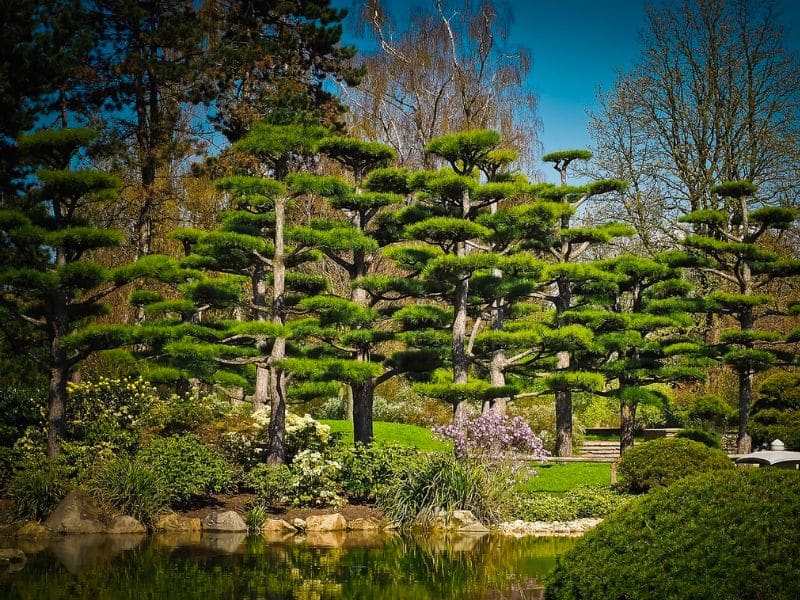
Japanese cedar tree (Cryptomeria japonica) can also be a good combination with mop cypress because the tall pyramidical shape of this plant will help create a more manicured look in your garden, and the bright green foliage will form a striking contrast with the yellow-toned foliage of the cypress plants.
These evergreen trees can grow well in moist, well-draining soils, and they prefer full-sun locations but will survive in partial shade.
The bushy trees can grow rather tall, with a maximum height of 100 feet, and can live up to 600 years. As such, carefully considering carefully before choosing a spot in your garden is essential. The tall tree can look striking in a landscape with lots of yellow cypress growing around it or with a couple of smaller trimmed cypress brushes in the front.
Periwinkle

Periwinkle (Catharanthus roseus), also known as bright eyes, Cape periwinkle, graveyard plants, old maids, or Madagascar periwinkle, is a terrific low-maintenance flower to consider if you want to add more color to your garden.
These flowers produce attractive flowers with lavender, purple, or white colors when they bloom in spring.
Bright eyes are self-sowing plants that prefer shaded areas but can survive in full sun and will produce more flowers if established in direct sun. These flowers need well-draining soil and should be watered only sometimes.
There are several varieties of graveyard plants in various colors that can be paired with cypress. For a great-looking garden, it is best to establish the lower periwinkle around your golden mop cypress, where those vivid blooms can offer lots of visual interest.
Maidenhair Fern
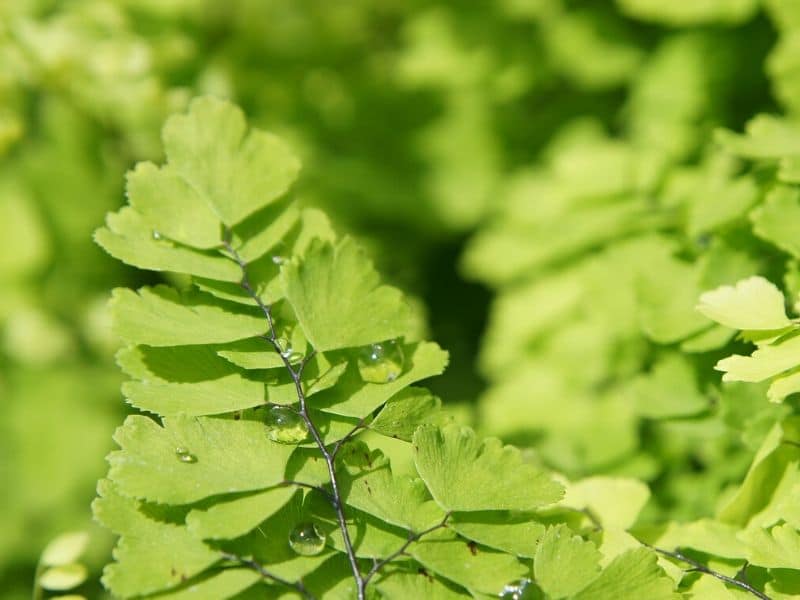
Maidenhair fern (Adiatum pedatum) are terrific fern varieties to consider if you want to create a garden with lots of light and bright-tinted foliage or love texture-rich plants.
The slow-growing fern requires lots of water and should be planted in well-draining soil. As with most ferns, this plant prefers dappled sunlight and can die if it is exposed to too much direct sun.
The bushy plant usually only grows up to 16 inches tall and should be established before your cypress shrubs. It is also best to do a bit of pruning to keep your golden mop shrub from taking up too much space next to the beautiful fern.
Hart’s Tongue

Harts’s Tongue (Asplenium scolopendrium) is a striking evergreen plant that will add lots of color and texture if grown next to your golden mop cypress. The golden color of the cypress will also look rather striking next to the bright green spiky leaves of these companion plants.
This beautiful plant with its tongue-shaped leaves will thrive in any well-drained, moist ground, and it prefers shaded and cool areas in the garden.
Hart’s Tongues can produce tall, spiky leaves with a height of up to 18 inches. They look their best if grown before a hedge or large bush of golden mop cypress.
What NOT to Plant with Gold Mop Cypress
Some plant species also won’t survive in the same moist ground conditions that golden mop cypress flourishes in.
To avoid additional maintenance in your garden, you should avoid the following plants next to the golden mop cypress.
Drought Tolerant Plants
Mop cypress requires lots of moisture to thrive. If these plants become too dry, they will start to wilt. Drought-tolerant plants, on the other hand, will develop root rot if you establish them in moist ground.
It is best to avoid plants like lavender, succulents, and other drought plants in the same area where you grow mop cypress or you will have a tough time keeping your plants alive.
Final Thoughts
Golden mop cypress is a plant that can grow sufficiently with many companion plants like periwinkle, Oakland holly bushes, ferns, Japanese cedar trees, and many other species that thrive in moist soil and shade areas. Our guide made it a little easier for you to find suitable companion plants to create a beautiful garden bed.
If you are growing plants in your garden and want more options for these different varieties, you should look at some of our other guides. With these guides, you learn more about all the best plants that will grow well in your garden bed.
Image by qwartm/depositphotos

